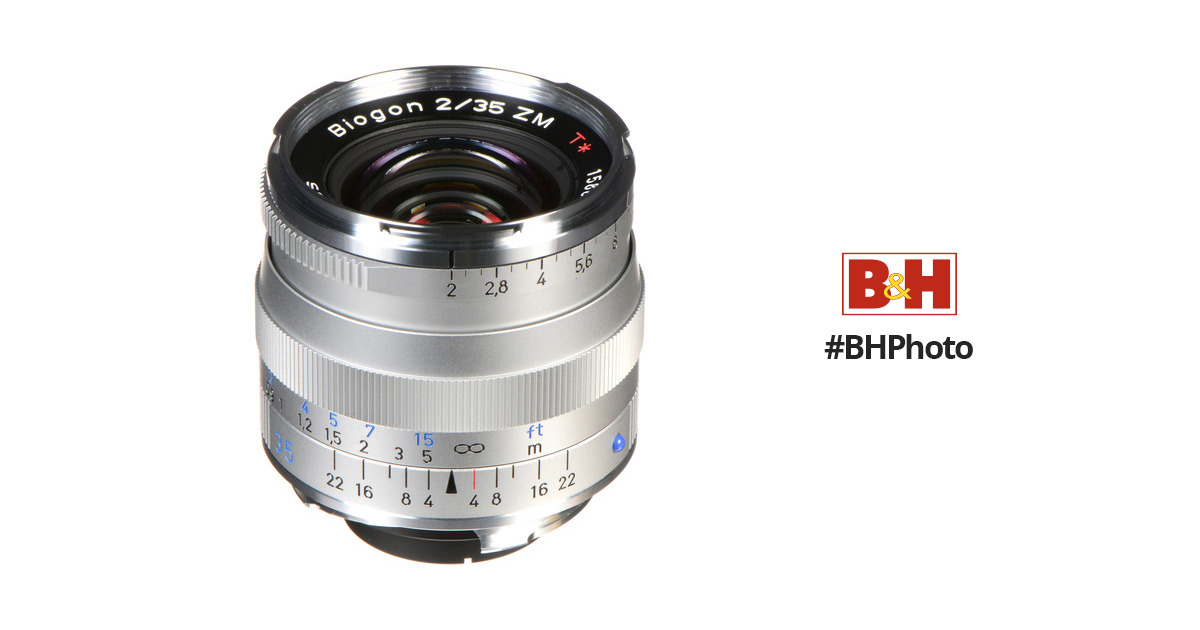lxmike
M2 fan.
I am possibly about to pull the trigger on Zeiss ZM 35mm f2 for my M2, it has no wobble but my only real concern is th wobble issue, is it common in occurrence and if so is it an expensive fix. Thanks in advance for any replies.

My Zeiss 2.8/28 developed a wobble after a 10-year period of extensive use. I had it fixed in Sept 2020, by an old-school repair man in Saigon at a cost of $21. He commented that there was ''a lot of plastic'' in the lens. Since then, it is working flawlessly. I've not had problems with my Zeiss 4/18; 2/35, and 1.5/50. Cheers,
True, over the decades I have come across a few issues with other lenses but the issue regarding the Zeiss wobble is something I am mulling over at present , hence my initial question.It's funny. Many lenses out there eventually internally unscrew themselves. Not just Cosina/Zeiss.
Hi, thanks for the reply, I will make a note of Skyllaney in case I need them in the future.The problem with the modern Zeiss (Cosina made) lenses is the Teflon material used for guide pins and roller bearings, and some other parts. Skyllaney offers a repair service. They replace the original parts with metal ones they had made.
This begs the question: why didn't a high-end manufacturer like Zeiss specify metal to begin with? Was there a reason beyond cost savings or perceived smoothness?The problem with the modern Zeiss (Cosina made) lenses is the Teflon material used for guide pins and roller bearings, and some other parts. Skyllaney offers a repair service. They replace the original parts with metal ones they had made.
While not a comment on Cosina, Zeiss wasn’t the manufacturer.This begs the question: why didn't a high-end manufacturer like Zeiss specify metal to begin with? Was there a reason beyond cost savings or perceived smoothness?
Good question- I suspect they believed it would make the focus smoother. I don't think they were thinking multi-generational use on the lens.This begs the question: why didn't a high-end manufacturer like Zeiss specify metal to begin with? Was there a reason beyond cost savings or perceived smoothness?
Zeiss designed the lens, made the decisions on material used, and had Cosina manufacture it to the Zeiss specifications.While not a comment on Cosina, Zeiss wasn’t the manufacturer.
If that's indeed true, then shame on them! Particularly in light of the long German tradition of building the best at any cost, and building it to last.Good question- I suspect they believed it would make the focus smoother. I don't think they were thinking multi-generational use on the lens.
And didn't they also do the inhouse QA at Cosina just as they did at Yashica?Zeiss designed the lens, made the decisions on material used, and had Cosina manufacture it to the Zeiss specifications.
...and the lenses lighter?I suspect they believed it would make the focus smoother.
You are no doubt correct, and I have three ZM lenses that have never had a problem. Nevertheless, I love to fret, and am convinced that the sky is ever ready to fall! And I don't think I'm the only one on this forum who's a bit obsessive about my equipment. 😉No one should be concerned that this is a major problem with modern Zeiss lenses manufactured by Cosina. It happens rarely and is repairable. I used a number of Zeiss lenses, one of which needed the grease replaced, which a done quickly and cheaply by my local repair tech.
Errr. No. A new 2/35 ZM costs $1,241.00 and it's a very nice lens too. Cheers, OtLNow. 35/2 ZM is 700 USD. New.
Well, if you like been hosed, you could pay 1241.Errr. No. A new 2/35 ZM costs $1,241.00 and it's a very nice lens too. Cheers, OtL



